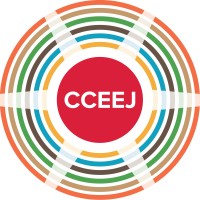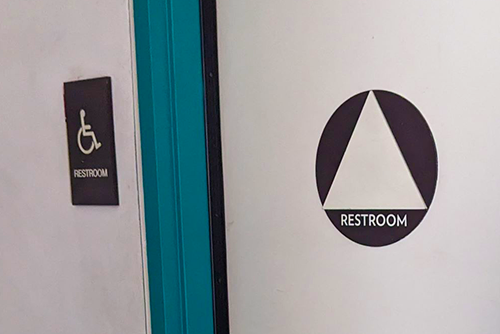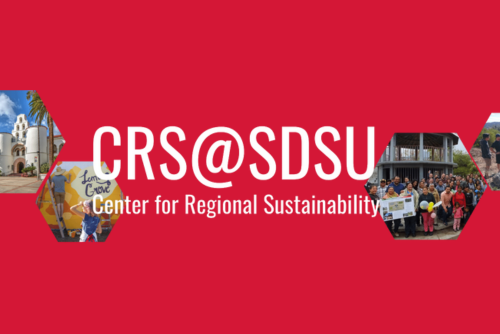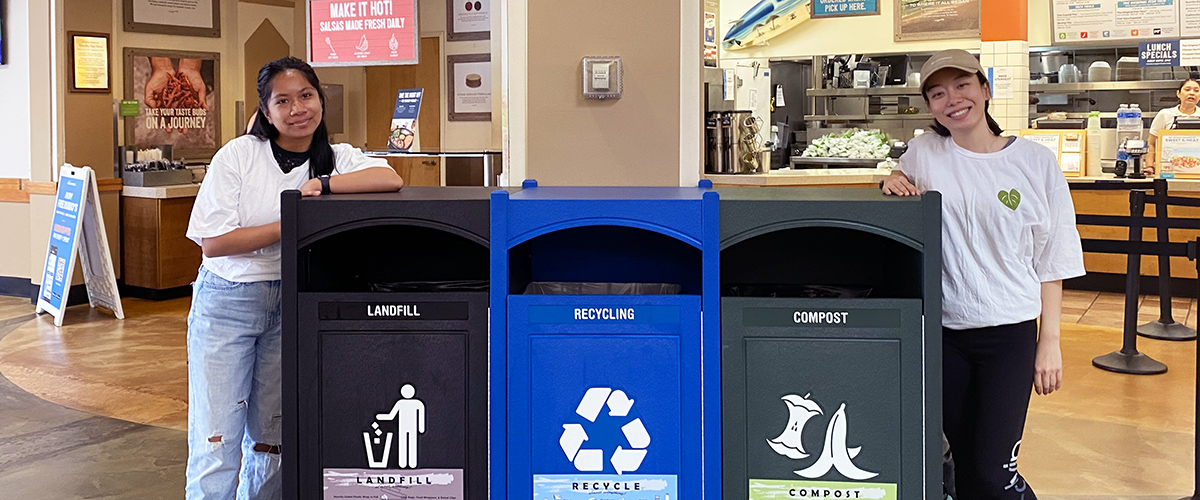Environmental Justice
What is Environmental Justice?
The EPA defines environmental justice as "the just treatment and meaningful involvement of all people, regardless of income, race, color, national origin, Tribal affiliation, or disability, in agency decision-making and other Federal activities that affect human health and the environment". It emphasizes equal protection from environmental hazards and fair participation in environmental decision-making. Addressing climate change effectively requires addressing environmental justice to mitigate its disproportionate impacts on disadvantaged populations. SDSU is committed to integrating diverse perspectives into its operations and decision-making and has dedicated resources to develop environmental justice initiatives on campus.
Land Acknowledgement
We stand upon a land that carries the footsteps of millennia of Kumeyaay people. They are a people whose traditional lifeways intertwine with a worldview of earth and sky in a community of living beings. This land is part of a relationship that has nourished, healed, protected and embraced the Kumeyaay people to the present day. It is part of a world view founded in the harmony of the cycles of the sky and balance in the forces of life. For the Kumeyaay, red and black represent the balance of those forces that provide for harmony within our bodies as well as the world around us. As students, faculty, staff and alumni of San Diego State University we acknowledge this legacy from the Kumeyaay. We promote this balance in life as we pursue our goals of knowledge and understanding. We find inspiration in the Kumeyaay spirit to open our minds and hearts. It is the legacy of the red and black.
- It is the land of the Kumeyaay. 'eyay e’haan My heart is good.
More on Environmental Justice at SDSU
The SDSU Climate Justice page offers an overview of campus resources and initiatives related to environmental justice. The pages below provide further resources related to environmental justice on campus.


Diversity
SDSU has a thriving diversity program and frequently receives high rankings for having high ethnic diversity and graduations rates. As of 2024, 38% of the student population are underrepresented minorities. SDSU is recognized as a Hispanic Serving Institution and Asian American and Native American Pacific-Islander Serving Institution.
Minimizing academic and physical barriers for students with disabilities.
Promoting self-advocacy within students with disabilities.
Working collaboratively with SDSU faculty, staff, and the campus community to increase disability awareness.
Facilities & Community
There are also foot washing stations within the Student Union.
In the News
"SDSU Awarded $10M for Center to Foster Environmental Justice"
The EPA recently endowed SDSU with funding to establish an environmental justice center at its new Mission Valley campus!




